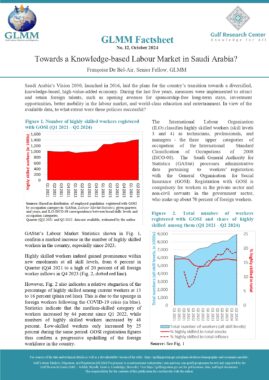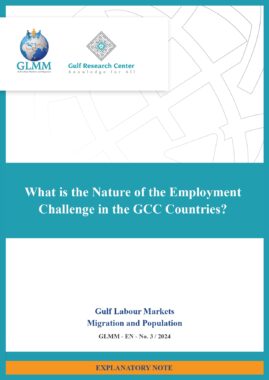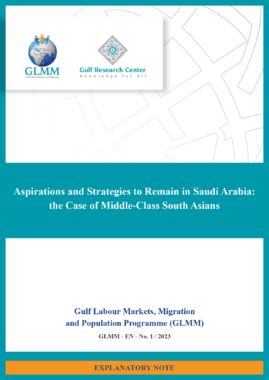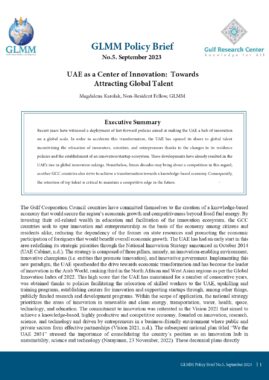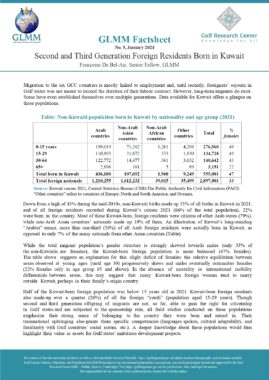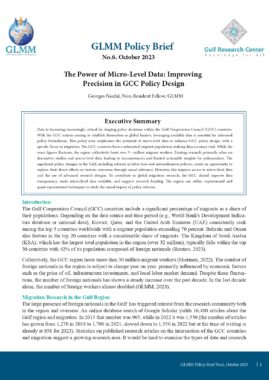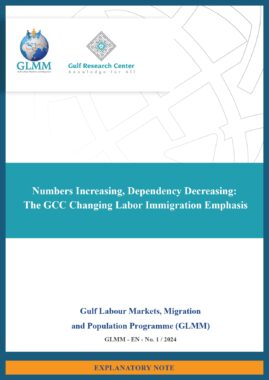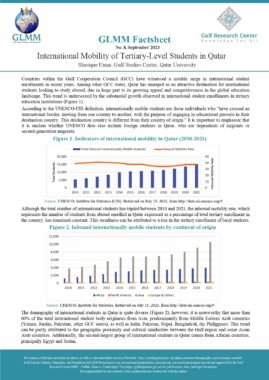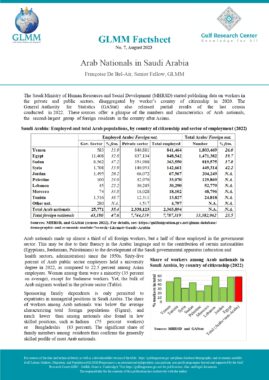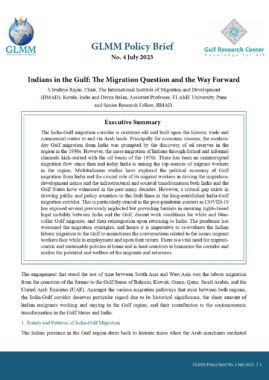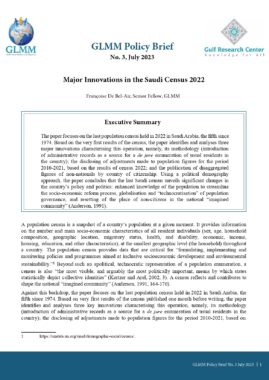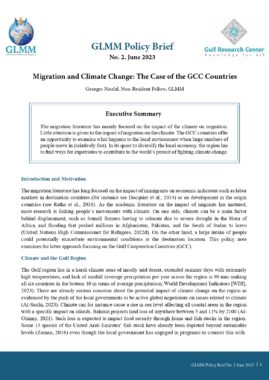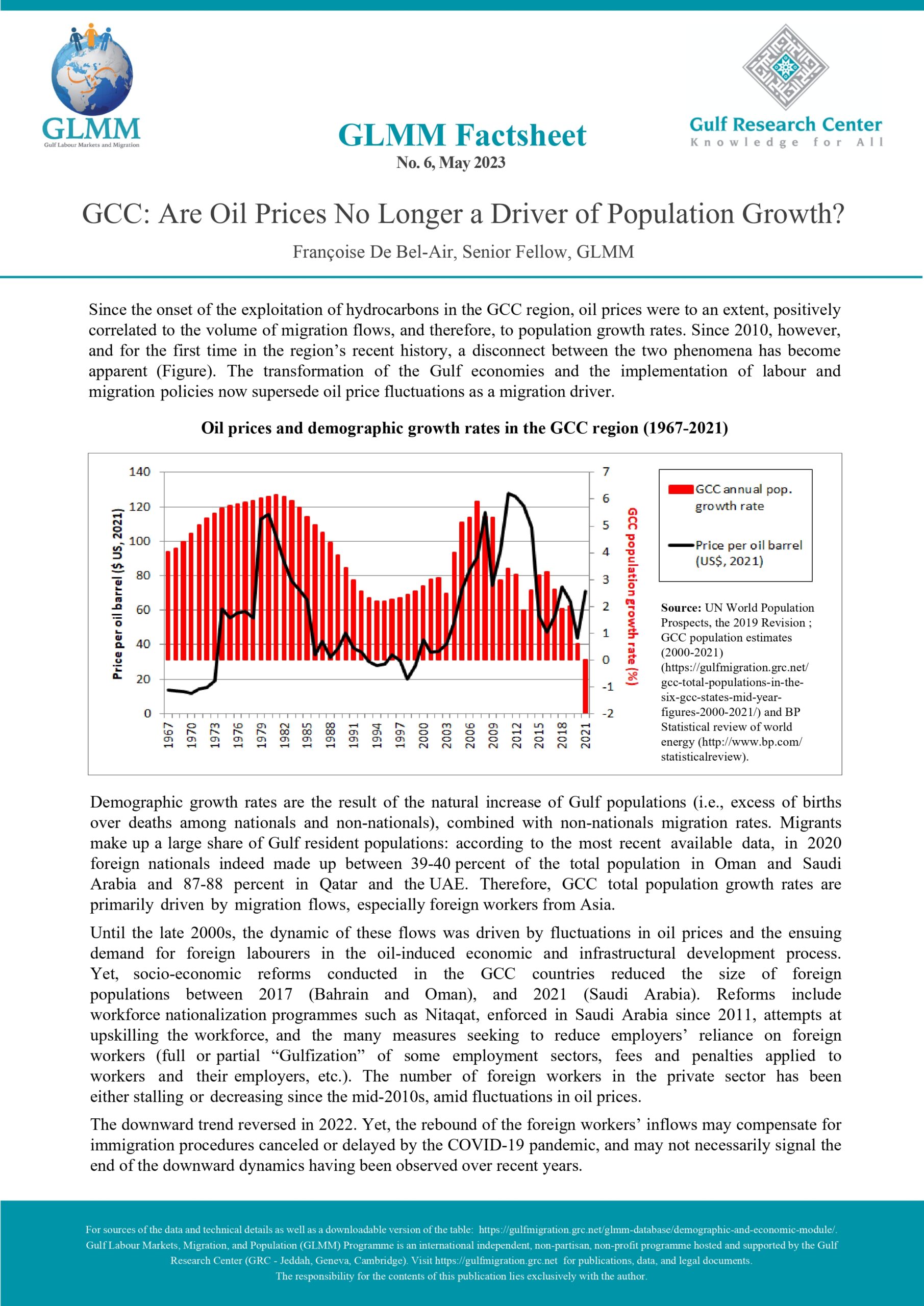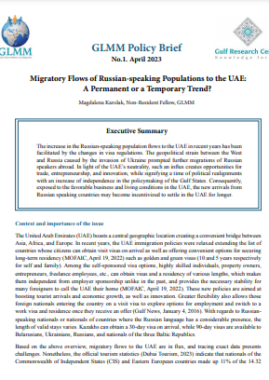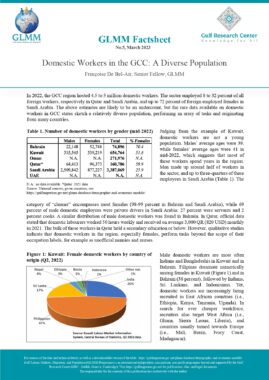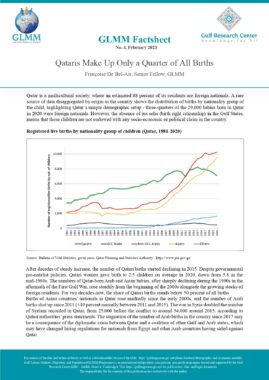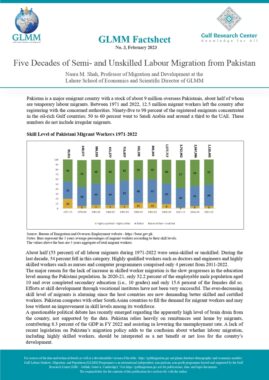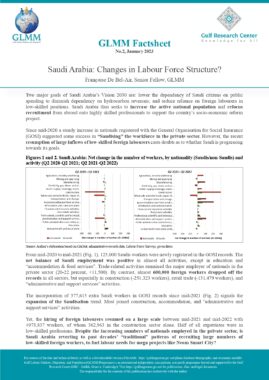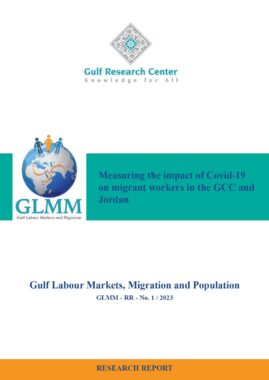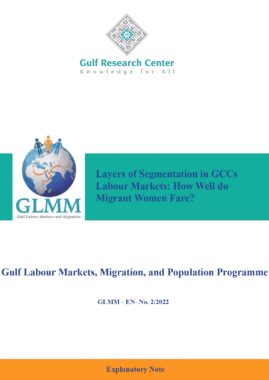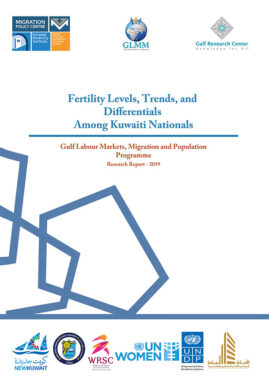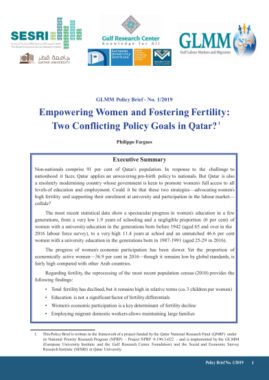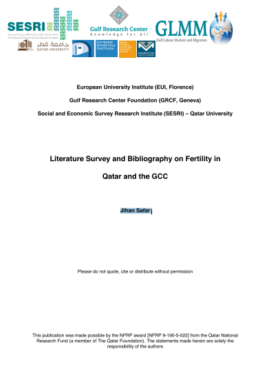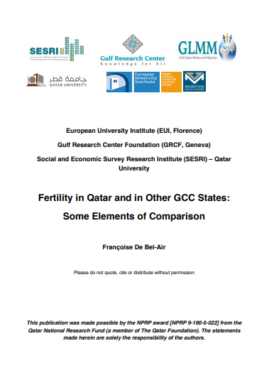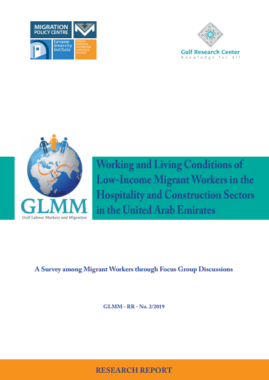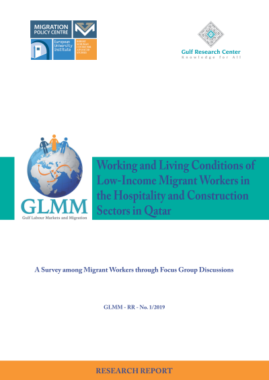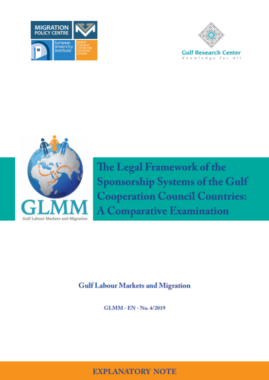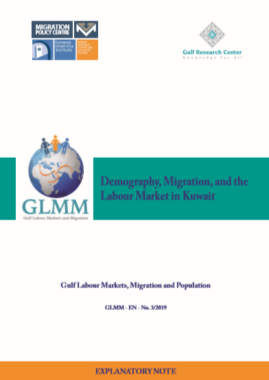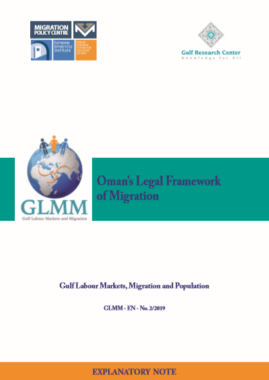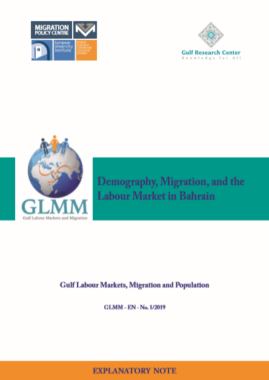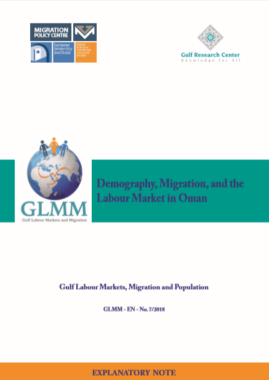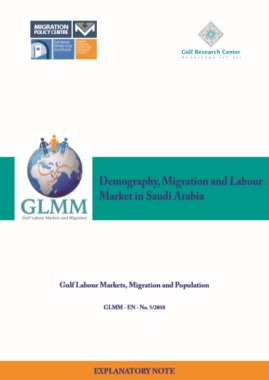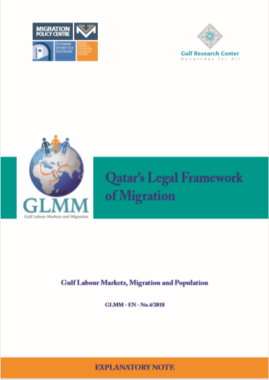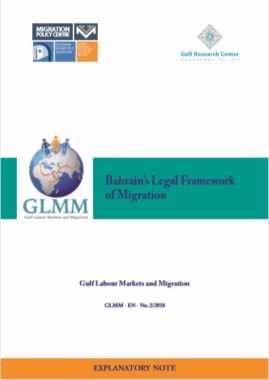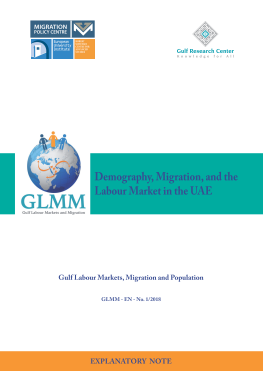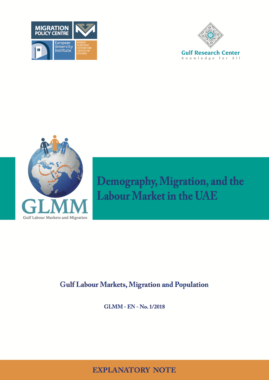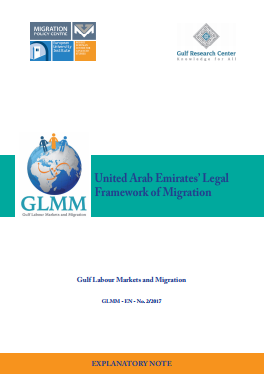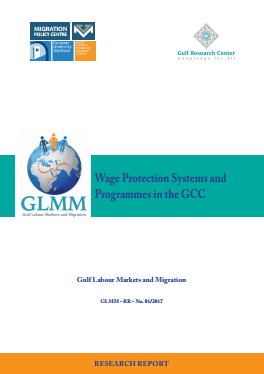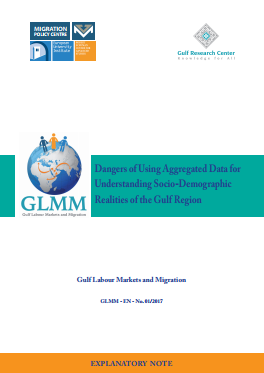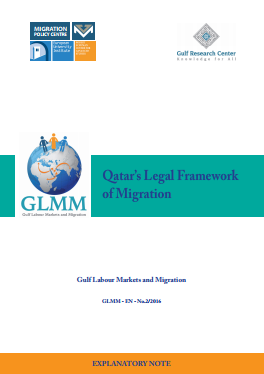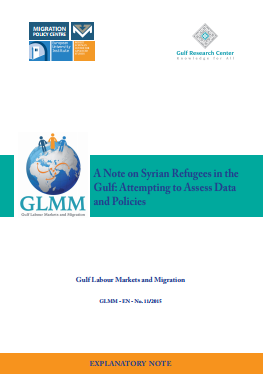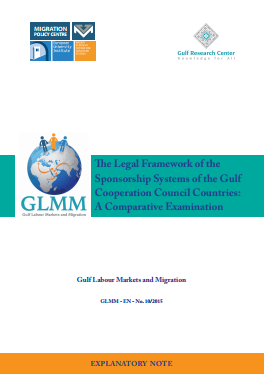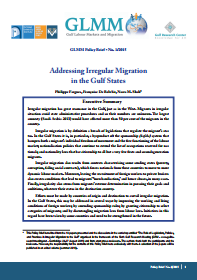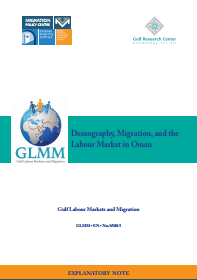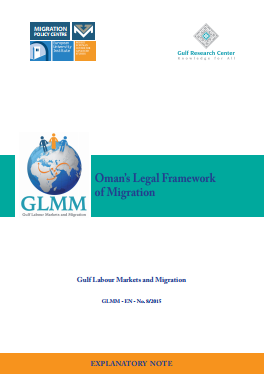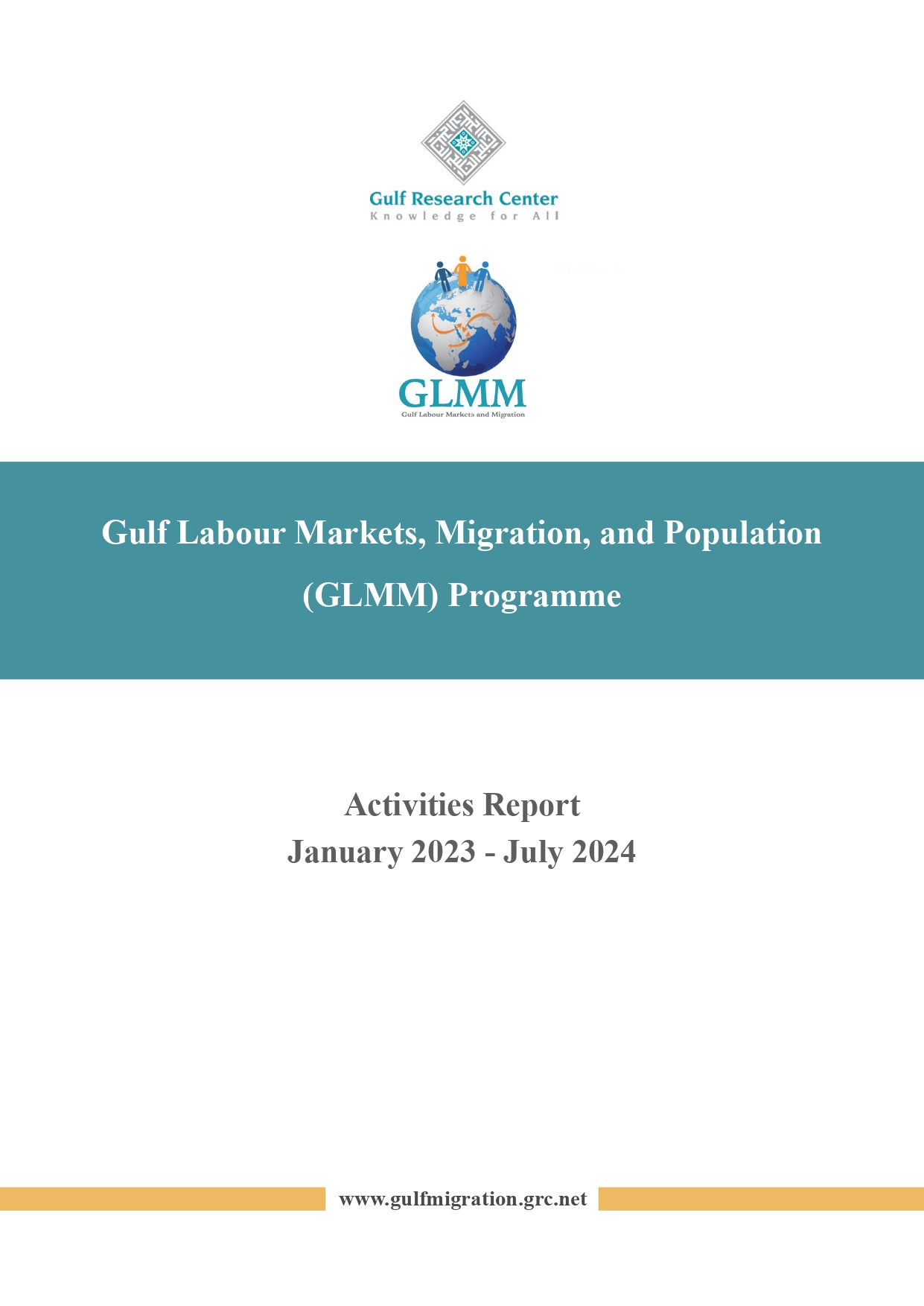Saudi Arabia: Saudi workers newly registered with the General Organisation for Social Insurance, by occupation category (Q3 2021-Q2 2024)

| Q3 2021 | Q4 2021 | Q1 2022 | Q2 2022 | Q3 2022 | Q4 2022 | Q1 2023 | Q2 2023 | Q3 2023 | Q4 2023 | Q1 2024 | Q2 2024 | |
| Managers | 4,896 | 4,858 | 13,825 | 19,186 | N.A. | 16,106 | 17,017 | 13,166 | 18,524 | 17,206 | 16,473 | 14,796 |
| Professionals | 29,242 | 33,395 | 41,430 | 39,565 | N.A. | 34,093 | 34,706 | 31,632 | 57,672 | 36,677 | 35,623 | 31,985 |
| Technicians and associate professionals | 17,330 | 22,033 | 32,200 | 30,190 | N.A. | 21,543 | 23,268 | 18,723 | 23,336 | 21,948 | 21,118 | 18,886 |
| Clerical support workers | 16,158 | 19,961 | 28,930 | 35,399 | N.A. | 29,274 | 29,218 | 22,555 | 30,419 | 30,205 | 374 | 25,891 |
| Service and sales workers | 18,398 | 22,501 | 27,393 | 28,295 | N.A. | 19,225 | 22,228 | 18,153 | 20,689 | 17,672 | 28,714 | 15,063 |
| Skilled agricultural, forestry and fishery workers | 41 | 29 | 45 | 62 | N.A. | 121 | 30 | 38 | 52 | 36 | 18,367 | 29 |
| Craft and related trades workers | 910 | 1,089 | 2,435 | 1,895 | N.A. | 1,280 | 1,424 | 1,288 | 1,732 | 1,818 | 26 | 1,241 |
| Plant and machine operators, and assemblers | 1,060 | 1,394 | 2,597 | 2,777 | N.A. | 1,989 | 2,288 | 2,164 | 2,020 | 1,694 | 1,394 | 1,366 |
| Elementary occupations | 2,388 | 3,273 | 3,030 | 5,428 | N.A. | 4,538 | 7,493 | 2,395 | 2,395 | 2,236 | 1,573 | 1,426 |
| Other occupations | 302 | 642 | 208 | 440 | N.A. | 710 | 769 | 2,016 | 1,071 | 455 | 2,038 | 77 |
| Not specified | 23 | |||||||||||
| Total | 90,748 | 109,175 | 152,093 | 163,237 | N.A. | 128,879 | 138,441 | 112,130 | 157,910 | 129,947 | 125,700 | 110,760 |
Source: Register-based Labour Market Statistics, General Authority for Statistics (GAStat)
1. Data collection methodology
LFS were first conducted in 2001 and became bi-annual after 2006. Data were collected through nationally representative household sample surveys, which sampling was based on most recent censuses. Since 2016, Labour Force Surveys have been conducted and published on a quarterly basis, based on a household telephone survey conducted by GAStat. Employment data extracted from administrative records were also introduced as a complement to the results of Labour Force Surveys in Labour Market Statistics’ publications, starting on Q1 2017.
The present data is taken from administrative records.
Population of reference: workers subject to the rule of the General Organization of Social Insurance (GOSI):
a. contributors on the job who are subject to social insurance laws and regulations in the private and government sector;
b. new contributors, and contributors who terminated their contribution to social insurance during the quarter.
who were newly registered with GOSI during the period (inflows)
Registration with GOSI is compulsory for workers in the private sector and non-civil servants in the government sector, who make up about 70 percent of foreign workers.
The present data does not incorporate:
1. Civil servants
2. Domestic workers
Figures of workers in Labor Market statistics which were derived from administrative records do not include the following categories:
1-Workers in the military and security sectors
2-Workers who are not registered in the civil service, social insurance (GOSI) and domestic workers’ records, which include:
– Saudis working for their own businesses and are not subjected to the labor regulations, also, not registered in social insurance, such as those who work in delivery through electronic apps
– Saudi employers who work in establishments and not registered in the social insurance
– Non-Saudi staff working in foreign international, political or military missions
3- Non-Saudi employees who come to the Kingdom for work that normally takes less than three months to be completed.
Definitions and categories used by GAStat in Labour Markets Statistics (employment; unemployment;
occupation and activity sectors, etc.) are based on international standards:
For LFS methodology and definitions, see:
https://www.stats.gov.sa/en/node/9787
https://www.stats.gov.sa/en/node/9787
Classification of occupations: Saudi classification of occupations, based on ISCO-08.
https://www.stats.gov.sa/en/page/292
This classification was adopted in Q1 2021.
2. Institution which provides data
General Authority for Statistics (GAStat)
3. Data availability
Since 2021, GAStat has been publishing separately the employment data taken from administrative records, and unemployment/inactivity data as well as general indicators, calculated from the results of the field interviews conducted by GAStat (Labour Force Survey).
The present time-series was taken from Register-based Labour Market Statistics publications, given quarters and years.
(English and Arabic versions)
https://www.stats.gov.sa/en/814
https://www.stats.gov.sa/ar/814
Date of access: 10 October 2024.
Keywords: Employment, Female Employment, Saudi Arabia, National & Foreign Labour, Highly Skilled Labour, Low-Skilled Labour
GLMM and GRC cannot guarantee that the link to access the source will not change; that the information will not be removed from the website it was obtained from; that no geo-blockages will be imposed; or that the information will not be available for any another reason.
Similar Posts:
- Saudi Arabia: Non-Saudi workers newly registered with the General Organisation for Social Insurance, by occupation category (Q3 2021-Q2 2024)
- Saudi Arabia: Saudi employed population by occupation category (Q1 2021-Q2 2024)
- Saudi Arabia: Non-Saudi employed population by occupation category (Q1 2021-Q2 2024)
- Saudi Arabia: Workers who discontinued their registration with the General Organisation for Social Insurance (GOSI), by nationality (Saudi/non-Saudi) and sex (Q1 2020-Q2 2024)
- Saudi Arabia: Employed population by nationality (Saudi /non-Saudi) and sex (Q1 2017-Q1 2024)
Tags: Employment, Female Employment, Highly- Skilled Labour, Low-skilled Labour, National and Foreign Labour, Saudi Arabia


